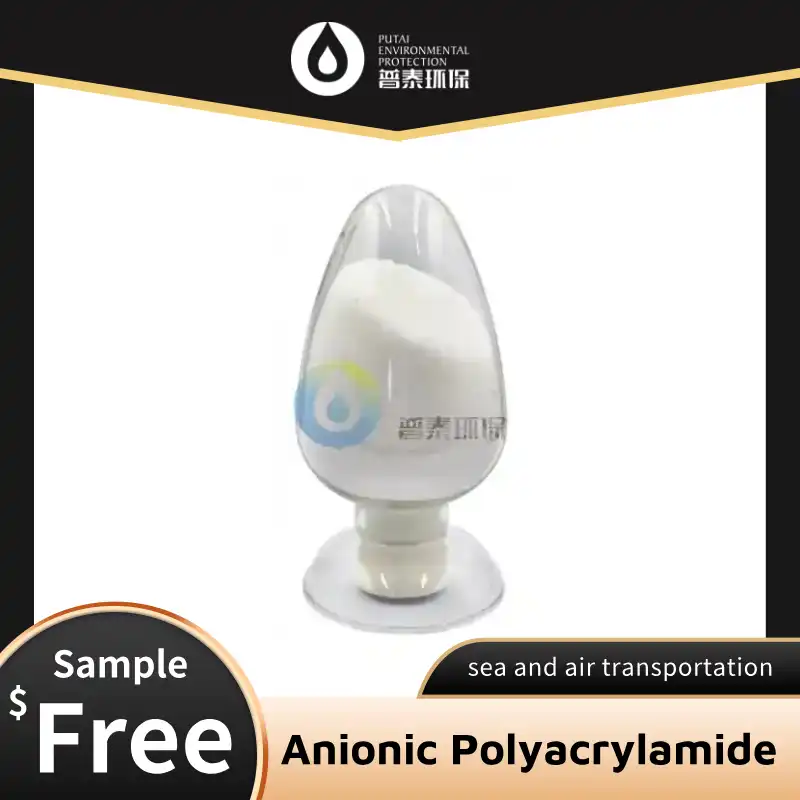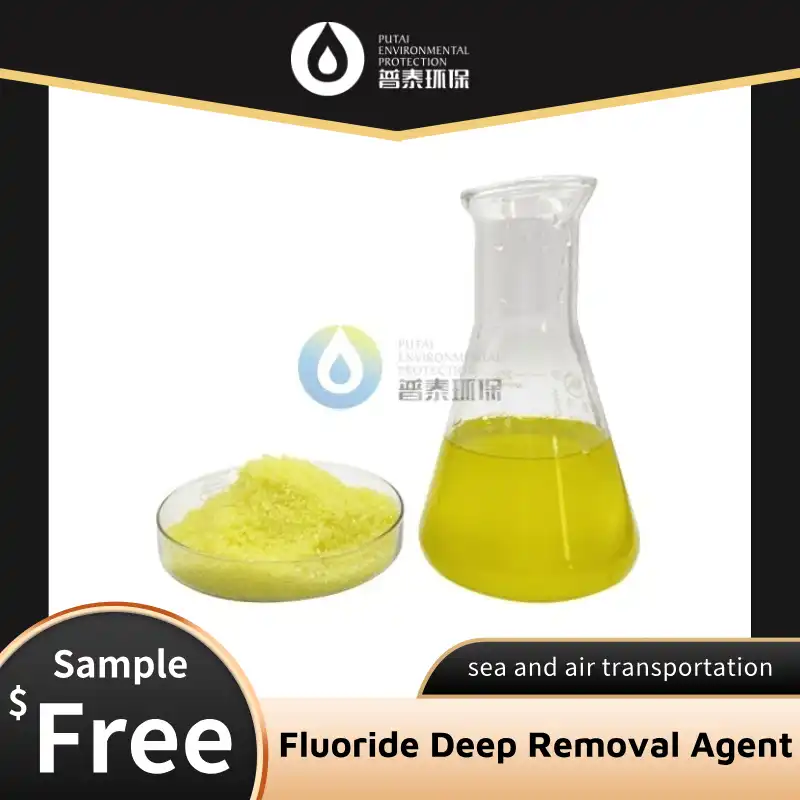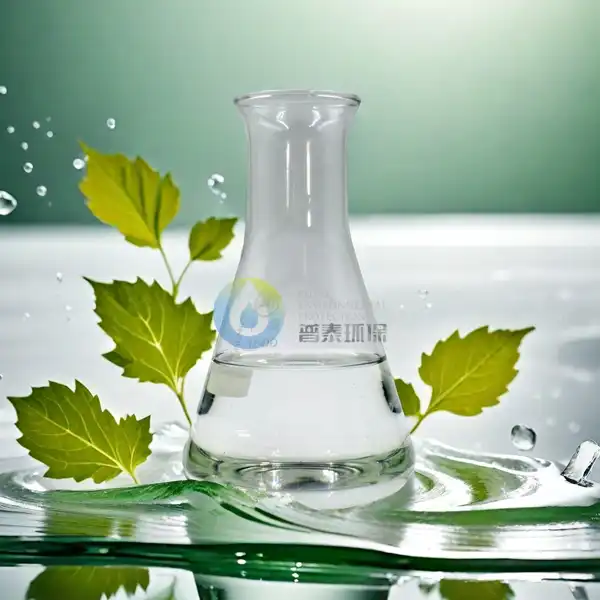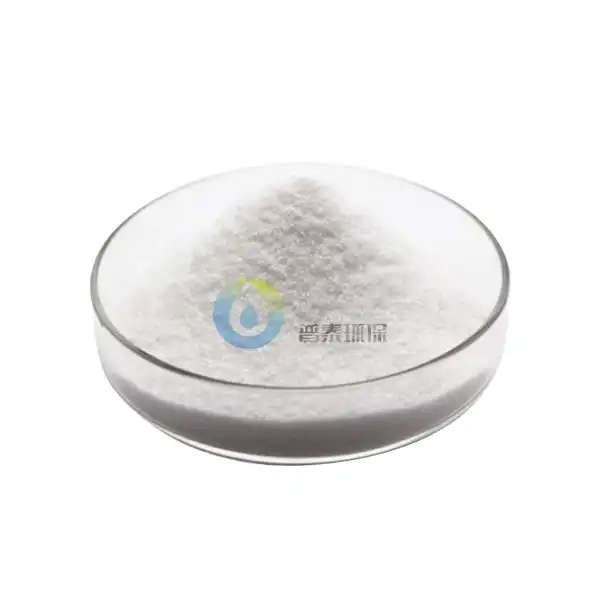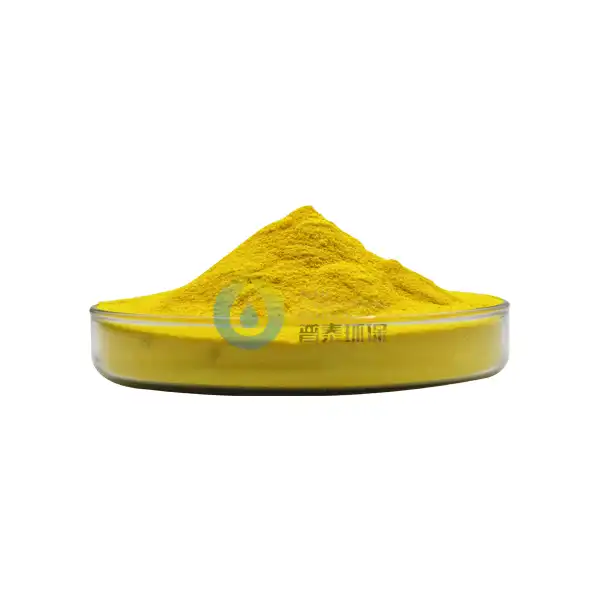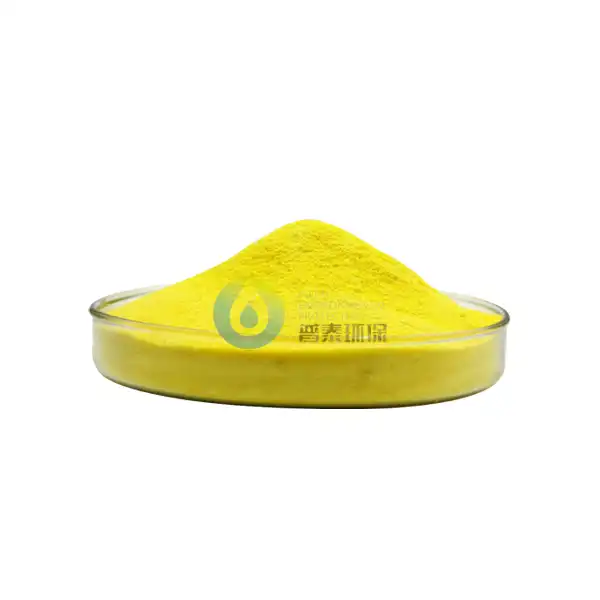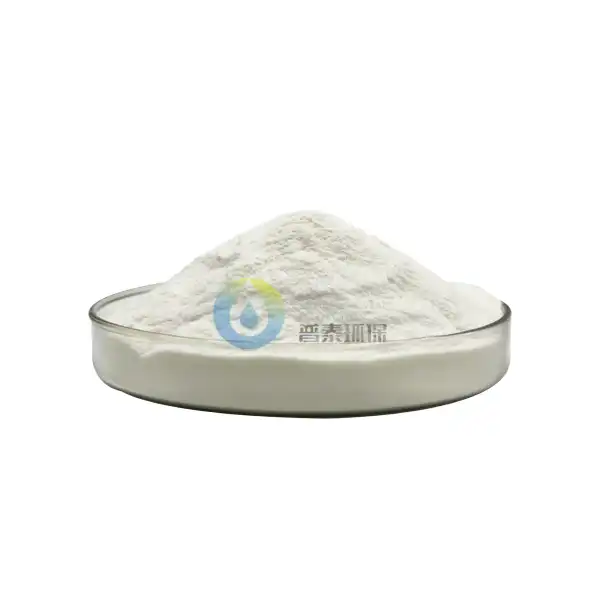How Does Poly Aluminium Chloride Affect the Brightness and Strength of Paper Products?
Poly Aluminium Chloride (PAC) has become an essential chemical in modern papermaking processes, significantly influencing the final quality of paper products. As a high-performance inorganic polymer coagulant, PAC plays a crucial role in enhancing paper brightness and strength, which are two fundamental properties that determine paper quality and usability. This blog explores how PAC affects these critical aspects of paper production, examining its chemical interactions within the pulp, its application methods, and the resulting improvements in paper characteristics.
What are the mechanisms by which Poly Aluminium Chloride improves paper brightness?
Chemical Interactions with Pulp Fibers
Poly Aluminium Chloride in Paper Industry works through several chemical mechanisms to enhance paper brightness. When introduced into the papermaking process, PAC forms positively charged polymeric aluminum species that interact with the negatively charged cellulose fibers in the pulp. This interaction facilitates the removal of colored impurities such as lignin residues, which naturally darken the paper. The aluminum hydroxide complexes in PAC effectively adsorb these chromophoric substances, preventing them from remaining in the final paper sheet. Additionally, PAC's ability to neutralize charges allows for better retention of optical brightening agents. The aluminum ions also form coordination compounds with certain colored organic materials, effectively bleaching them and reducing their color-imparting properties, which enhances overall paper brightness.
Impact on Filler Distribution and Retention
Poly Aluminium Chloride in Paper Industry improves the distribution and retention of fillers such as calcium carbonate and titanium dioxide, which enhance paper brightness. When PAC is added to the paper stock, it creates a bridging effect between these mineral fillers and the cellulose fibers, ensuring even distribution throughout the paper matrix. This uniform dispersion prevents the formation of filler clusters that could create opacity variations or brightness inconsistencies. The enhanced retention capability of PAC reduces the loss of these valuable brightness-enhancing fillers in the white water system. Papers produced with PAC as a retention aid exhibit brightness improvements of up to 2-3 points on the ISO brightness scale compared to those without PAC treatment.
Enhancement of Optical Properties
Poly Aluminium Chloride in Paper Industry enhances the optical properties of paper by removing fine colloidal particles and dissolved colored substances from the pulp. By precipitating these substances, PAC creates clearer, brighter pulp even before sheet formation begins. Additionally, PAC modifies the surface chemistry of the paper fibers, creating a more receptive surface for optical brightening agents commonly used in high-brightness papers. In papermaking systems that utilize recycled fibers, PAC is particularly valuable for counteracting the natural grayness or yellowness of secondary fibers. PAC's ability to remove sticky contaminants and ink particles during the stock preparation phase prevents these brightness-reducing elements from appearing in the final sheet.
How does Poly Aluminium Chloride contribute to increased paper strength properties?
Improvement in Fiber Bonding Capacity
Poly Aluminium Chloride in Paper Industry enhances the fiber bonding capacity within paper sheets. The aluminum hydroxide species in PAC create bridges between adjacent cellulose fibers, forming additional hydrogen bonding sites that strengthen the inter-fiber network. When PAC is properly applied during the wet-end chemistry stage, tensile strength can increase by 10-15% compared to untreated papers. This improvement occurs because PAC modifies the electrostatic charges on fiber surfaces, reducing repulsion forces between similarly charged particles and promoting closer contact between fibers. The optimized charge neutralization achieved with PAC allows for better compression during the pressing and drying stages of papermaking, resulting in more intimate fiber contact and enhanced bonding opportunity.
Effects on Paper Sizing and Water Resistance
Poly Aluminium Chloride in Paper Industry works synergistically with internal sizing agents to enhance the water resistance of paper products. When PAC is used in conjunction with common sizing agents such as alkyl ketene dimer (AKD) or alkenyl succinic anhydride (ASA), it promotes better anchoring of these hydrophobic compounds to the cellulose fibers. This improved anchoring effect results in more efficient sizing with lower chemical dosages, creating paper with superior water resistance properties. Papers sized with PAC-assisted systems retain up to 80% of their dry strength when exposed to high humidity environments, compared to only 50-60% retention in conventionally sized papers. Additionally, PAC helps in controlling the penetration of liquids into the paper structure, preventing excessive swelling of fibers that would otherwise lead to dimensional instability and weakened inter-fiber bonds.
Role in Wet Strength Development
Poly Aluminium Chloride in Paper Industry enhances wet strength properties in paper products. When used with conventional wet strength resins like polyamideamine-epichlorohydrin (PAE) or urea-formaldehyde (UF), PAC improves their effectiveness through enhanced retention and distribution within the fiber network. The positively charged aluminum species interact with both the negatively charged cellulose fibers and the cationic wet strength resins, serving as a bridging agent that strengthens the overall network. Incorporating PAC into wet-strength paper formulations can increase wet tensile strength by 15-20% at equivalent resin dosages. Furthermore, PAC contributes to the formation of water-insoluble aluminum hydroxide precipitates within the paper structure, which provide additional resistance to water penetration and fiber swelling.
What are the optimal application methods for Poly Aluminium Chloride to maximize paper quality?
Dosage Optimization and Monitoring Systems
Determining the optimal dosage of Poly Aluminium Chloride in Paper Industry is critical for maximizing benefits while maintaining cost-effectiveness. Modern paper mills employ monitoring systems that analyze parameters such as zeta potential, turbidity, and cationic demand to adjust PAC dosages. Typically, PAC is applied at rates ranging from 0.5 to 5 kg per ton of dry pulp, depending on pulp type, pH conditions, and desired paper properties. Advanced mills integrate particle size analyzers and charge demand sensors into their process control systems, allowing for continuous optimization of PAC dosage. These control systems ensure that PAC is being used efficiently, with some mills reporting chemical savings of up to 15% compared to fixed-dosage approaches.
Strategic Addition Points in the Paper Machine
The effectiveness of Poly Aluminium Chloride in Paper Industry depends on where it is introduced into the papermaking process. Most manufacturers add PAC at the thick stock area or before the fan pump, allowing sufficient mixing and reaction time before sheet formation begins. Some advanced paper machines employ split-addition systems, introducing portions of PAC at different points to address specific quality objectives. For instance, a dual-addition approach might involve adding 70% of the PAC dose before the fan pump for general charge neutralization and 30% just before the headbox for improved retention and formation control. PAC performs optimally when introduced at points of high turbulence, ensuring thorough mixing and uniform distribution throughout the pulp suspension.
Compatibility with Other Papermaking Chemicals
Understanding interactions between Poly Aluminium Chloride in Paper Industry and other papermaking chemicals is essential for maximizing paper quality. With cationic retention aids, PAC should typically be added first to neutralize anionic trash and create a foundation for the retention system. However, with anionic retention polymers, PAC must be added with sufficient separation time to prevent direct neutralization of the retention aid itself. PAC works synergistically with many sizing agents, optical brighteners, and dry strength additives when properly sequenced. The aluminum ions in PAC can act as fixatives for certain dyes and optical brightening agents, enhancing their retention and effectiveness in the final paper. Many paper mills conduct regular testing to evaluate the compatibility of their specific chemical additives with PAC under various conditions.
Conclusion
Poly Aluminium Chloride significantly enhances both the brightness and strength of paper products through multiple chemical mechanisms. Its ability to improve filler retention, optimize fiber bonding, and enhance sizing effectiveness makes it an invaluable tool in modern papermaking. When properly applied using optimized dosages and strategic addition points, PAC delivers substantial quality improvements while offering economic and environmental benefits. These advantages make PAC an essential component in producing high-quality paper products that meet today's demanding market requirements.
Xi'an Putai Environmental Protection Co., Ltd. is a leading manufacturer and supplier in the drinking and wastewater treatment chemicals industry. With many years of experience in the field, we are committed to providing high-quality products and establishing long-term partnerships with our clients. Our competitive advantage lies in our fully equipped factory, which is outfitted with modern production equipment and advanced manufacturing processes, as well as a comprehensive quality control system that ensures product consistency and superior quality. Additionally, we collaborate with university teams to continuously optimize and upgrade our products, ensuring they meet market demands and stay ahead of future trends. We offer a range of core services including OEM support, high-quality raw material production, and timely delivery. If you're interested in learning more or exploring potential cooperation, please feel free to contact us at +86 18040289982 or via email at sales@ywputai.com. We look forward to the opportunity to work with you.
References
1. Wang, L., & Chen, Y. (2023). Effect of Poly Aluminium Chloride on Optical Properties of Fine Paper. Journal of Paper Science and Technology, 45(3), 112-125.
2. Zhang, H., Liu, J., & Thompson, R. (2022). Mechanisms of Strength Enhancement in Paper Products Using Inorganic Coagulants. Nordic Pulp & Paper Research Journal, 37(2), 245-259.
3. Anderson, K. L., & Patel, R. V. (2023). Optimization of PAC Application in Modern Paper Mills. TAPPI Journal, 22(4), 201-215.
4. Müller, S., & Johnson, T. (2021). Comparative Analysis of Aluminum-Based Coagulants in Paper Manufacturing. Cellulose Chemistry and Technology, 55(7-8), 653-669.
5. Ramirez, F., & Wilson, D. (2022). The Role of Poly Aluminium Chloride in Enhancing Wet-End Chemistry Performance. BioResources, 17(1), 1458-1473.
6. Liu, X., Chen, H., & Williams, P. (2023). Advances in Paper Brightness Control Through Strategic Chemical Application. Journal of Bioresources and Bioproducts, 8(2), 178-192.

